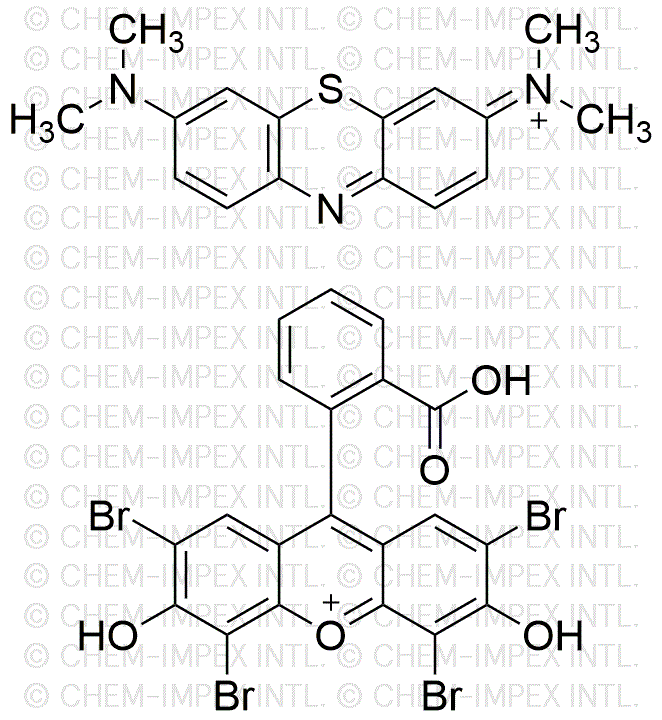Wright stain is widely utilized in research focused on:
- Hematology: This stain is essential for examining blood smears, allowing researchers and clinicians to identify different types of blood cells, diagnose conditions like anemia, and monitor blood disorders.
- Pathology: In tissue samples, Wright stain helps in visualizing cellular morphology, aiding in the diagnosis of various diseases, including cancers, by highlighting abnormal cell structures.
- Microbiology: It is used to stain and differentiate bacteria in samples, making it easier to identify pathogens and understand their characteristics, which is crucial for effective treatment.
- Education: In academic settings, Wright stain is a valuable tool for teaching students about blood cell types and their functions, enhancing hands-on learning experiences in biology and medicine.
- Research Laboratories: Its application in research allows for the analysis of cell populations in various studies, contributing to advancements in medical research and the development of new therapies.
General Information
Properties
Safety and Regulations
Applications
Wright stain is widely utilized in research focused on:
- Hematology: This stain is essential for examining blood smears, allowing researchers and clinicians to identify different types of blood cells, diagnose conditions like anemia, and monitor blood disorders.
- Pathology: In tissue samples, Wright stain helps in visualizing cellular morphology, aiding in the diagnosis of various diseases, including cancers, by highlighting abnormal cell structures.
- Microbiology: It is used to stain and differentiate bacteria in samples, making it easier to identify pathogens and understand their characteristics, which is crucial for effective treatment.
- Education: In academic settings, Wright stain is a valuable tool for teaching students about blood cell types and their functions, enhancing hands-on learning experiences in biology and medicine.
- Research Laboratories: Its application in research allows for the analysis of cell populations in various studies, contributing to advancements in medical research and the development of new therapies.
Documents
Safety Data Sheets (SDS)
The SDS provides comprehensive safety information on handling, storage, and disposal of the product.
Product Specification (PS)
The PS provides a comprehensive breakdown of the product’s properties, including chemical composition, physical state, purity, and storage requirements. It also details acceptable quality ranges and the product's intended applications.
Certificates of Analysis (COA)
Search for Certificates of Analysis (COA) by entering the products Lot Number. Lot and Batch Numbers can be found on a product’s label following the words ‘Lot’ or ‘Batch’.
*Catalog Number
*Lot Number
Certificates Of Origin (COO)
This COO confirms the country where the product was manufactured, and also details the materials and components used in it and whether it is derived from natural, synthetic, or other specific sources. This certificate may be required for customs, trade, and regulatory compliance.
*Catalog Number
*Lot Number
Safety Data Sheets (SDS)
The SDS provides comprehensive safety information on handling, storage, and disposal of the product.
DownloadProduct Specification (PS)
The PS provides a comprehensive breakdown of the product’s properties, including chemical composition, physical state, purity, and storage requirements. It also details acceptable quality ranges and the product's intended applications.
DownloadCertificates of Analysis (COA)
Search for Certificates of Analysis (COA) by entering the products Lot Number. Lot and Batch Numbers can be found on a product’s label following the words ‘Lot’ or ‘Batch’.
*Catalog Number
*Lot Number
Certificates Of Origin (COO)
This COO confirms the country where the product was manufactured, and also details the materials and components used in it and whether it is derived from natural, synthetic, or other specific sources. This certificate may be required for customs, trade, and regulatory compliance.


